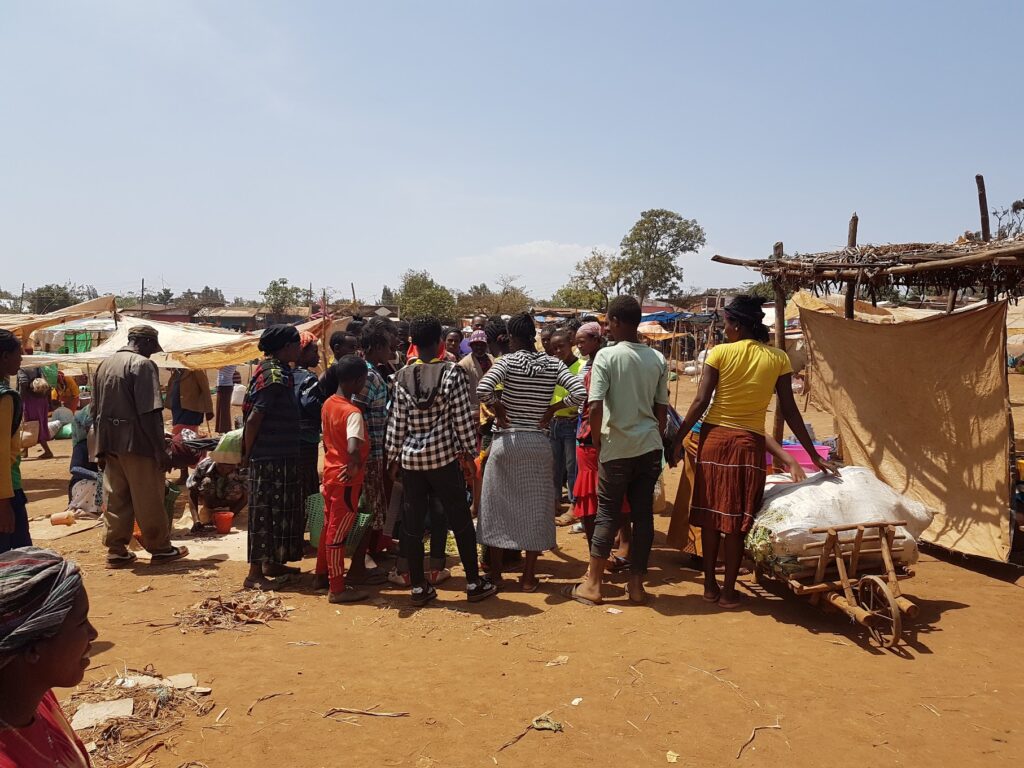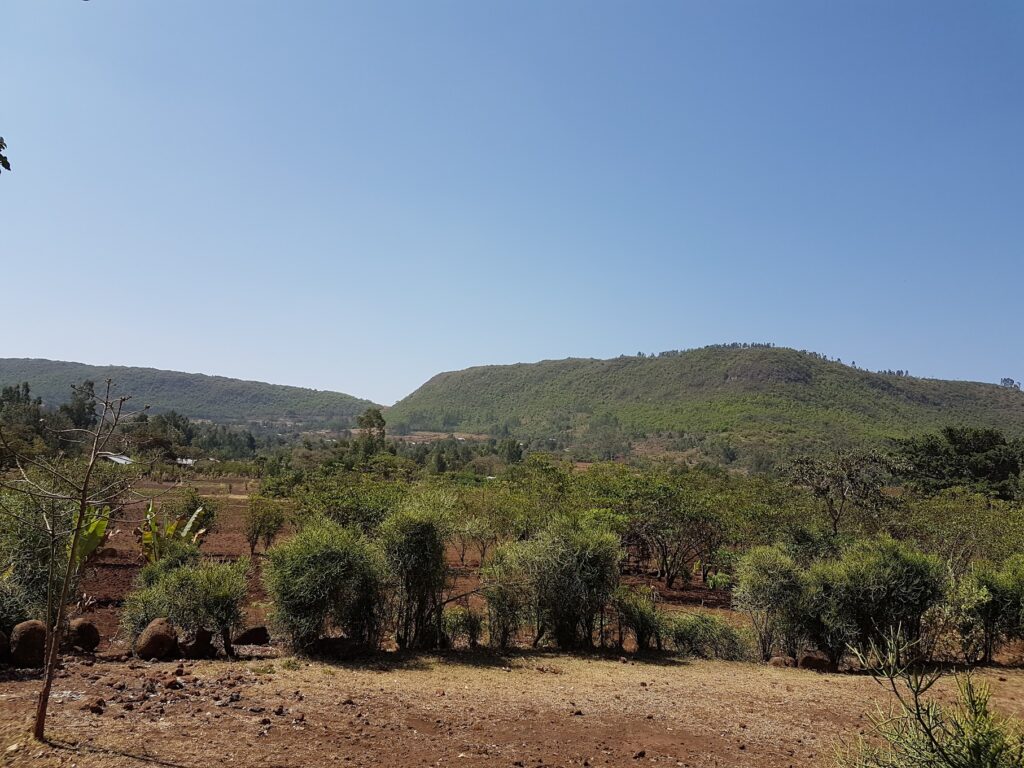By 2050, 200 million people globally are expected to face forced displacement due to climate change. Climate variability and rapid change have a particularly acute impact on young people, especially those in rural areas who have decreasing land access and fewer prospects for employment and economic opportunities. Rural youth move from villages to urban centres in search of employment and to eke out a living to support themselves and their extended families.
New research from Bereket Tsegay investigates how land fragmentation, climate change, and livelihood opportunities and aspirations influence young people’s migration from the Wolayta zone in Southern Ethiopia. Wolayta zone is known for its relatively high level of outmigration, with many young people moving to the nearby city of Hawassa and other urban areas of Ethiopia that have industrial parks and other opportunities for employment.

The young Wolayta interviewed for this study expressed that they would prefer to stay in their zone if they had entrepreneurial and other livelihood options. However, migration is a critical adaptive strategy for young people in Ethiopia, especially in a primarily rural area such as Wolayta. In their migratory journey, they face institutional and policy obstacles at urban destinations, including being denied access to local services without an ID card. Nonetheless, internal migration allows them to gain new and diversified skills, access to markets, the ability to support their families through remittances and the accumulation of start-up capital.

The paper also reports on the Humbo Assisted Natural Regeneration project, a carbon finance-based climate change mitigation and community development initiative implemented in the Wolayta zone. Although the project faced resistance from farmers from the outset for a multitude of reasons, with time, 2,728 hectares of land were regenerated, and activities such as watershed management, rehabilitation of degraded soil, water retention capacity and afforestation/reforestation improved the microclimate.
Although the project registered other successes, including creating daily and permanent jobs, it also suffered from some key shortcomings such as the limited participation of youth and women and restricted socioeconomic development in the area.
The Humbo Assisted Natural Regeneration Project illustrates how external interventions in resource-poor and ecologically degraded areas can be opportunities not only for combatting climate change but also for creating climate-friendly, income-generating livelihoods. Such projects can provide options for diversified livelihoods strategies for young people that avoid the need for distress migration or displacement but creating and sustaining youth livelihoods remains an urgent issue of concern in Wolayta as in other parts of rural Ethiopia.

Pastoral and Environmental Network in the Horn of Africa (PENHA), London, UK
